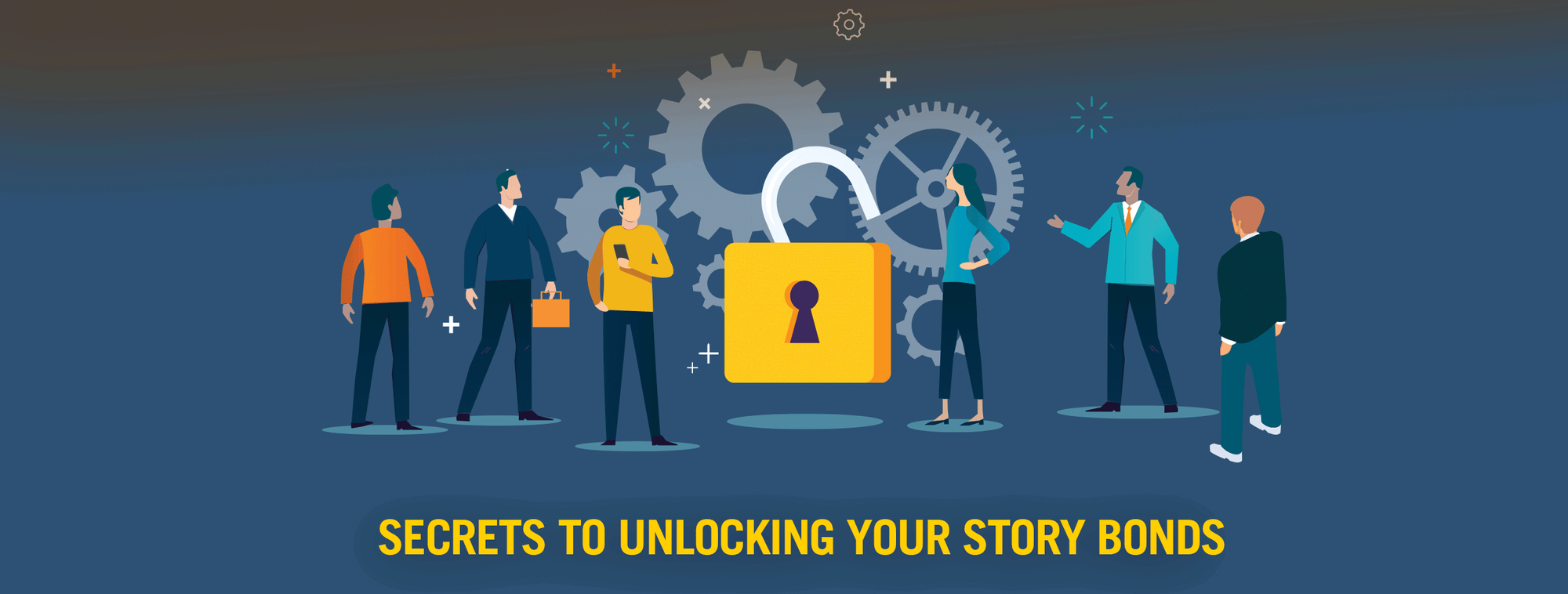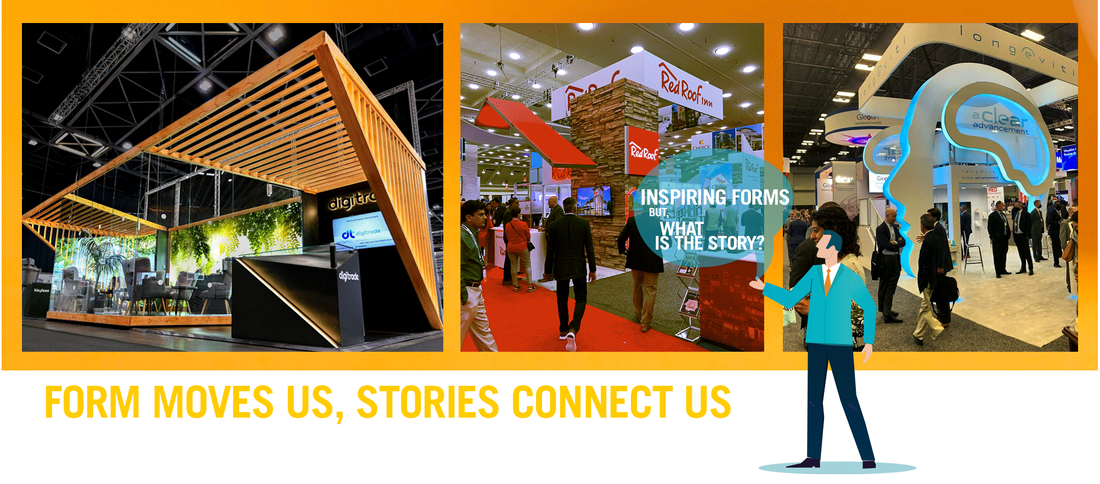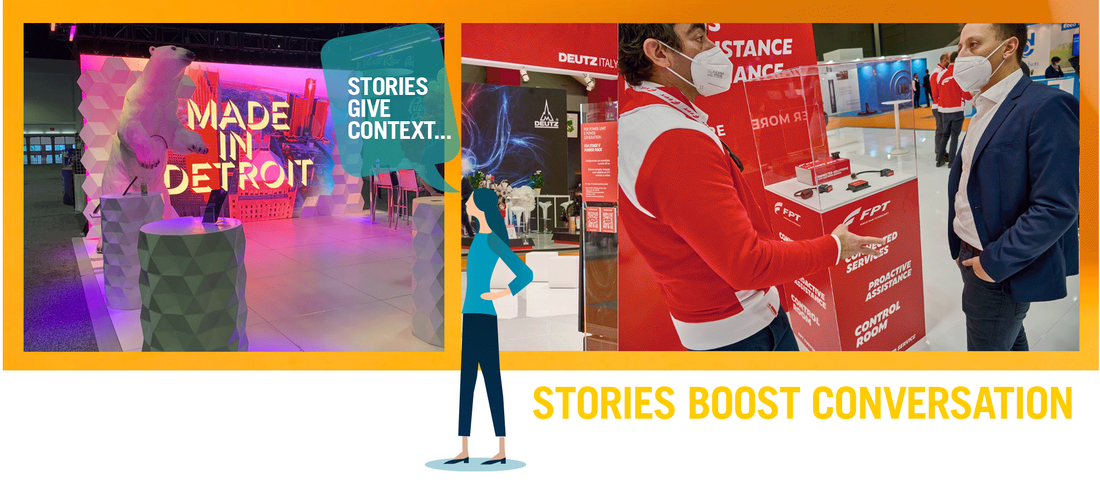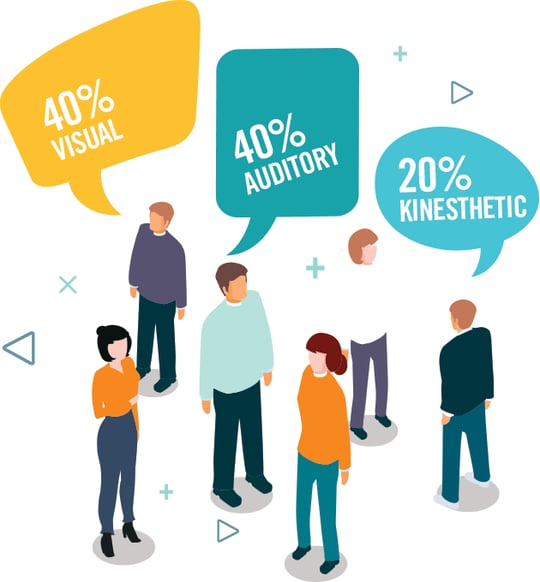Telling stories is one of the most powerful means that marketers have to influence, inspire, and transact
|
What makes storytelling so effective for
learning and bonding? For starters, storytelling forges connections among people, and between people and ideas. Stories convey the culture, history, and values that unite people. When it comes to our countries, our communities, and our families, we understand intuitively that the stories we hold in common are an important part of the ties that bind. This understanding also holds true in the business world, where an organization’s stories, and the stories its brand tell, help solidify relationships in a way that factual statements encapsulated in bullet points or numbers don’t. We are, as a species, addicted to story. Even when the body goes to sleep, the mind stays up all night, telling itself stories - Jonathan Gottschall, The Storytelling Animal |
When it comes to influencing, if you are simply passing on information, you are not fully getting through to your audience. You are not effecting lasting change. YOU ARE BOUND TO BECOME IRRELEVANT😞
We’re hardwired to receive and translate information in story form, good stories do both.
As Daniel Taylor wrote in The Healing Power of Stories:
A story does what facts and statistics never can: it inspires and motivates.
Expert storytellers translate complex ideas into practical examples laced with strong emotional connections.
The audience tunes in because they see themselves woven into the story. Everyone knows a good story not only keeps their attention; it’s also easy to recall and begs to be repeated. But it doesn’t stop there. When a good story is being told, listeners are not only engaged, they’re also involved—both in head and heart.
|
Good stories bathes us with a sense of interconnectivity. They build affinity, trust, and kinship. They allow the listener to enter the story where they are, making them open to your messaging.
Good stories have multiple layers. They are surprisingly efficient. They can be structured to convey complex ideas in graspable ways. Stories are more engaging than a dry recitation of data points or a discussion of abstract ideas. The Story about DE-STORY “Think about the word destroy. Do you know what it is? De-story. Destroy. Destory. You see. And restore. That's re-story. Do you know that only two things have been proven to help survivors of the Holocaust? Massage is one. Telling their story is another. Being touched and touching. Telling your story is touching. It sets you free.” - Francesca Lia Bloc |
Two companies.
Two Different Means of Communication. At Company A, the leader presents the financial results for the quarter. At Company B, the leader tells a rich story about what went into the “win” that put the quarter over the top. Company A employees come away from the meeting knowing that they made their numbers. Company B employees learned about an effective strategy in which sales, marketing, and product development came together to secure a major deal. Employees now have new knowledge, new thinking, to draw on. They’ve been influenced. They’ve learned. |
|
Storytelling helps with learning because stories are easy to remember.
Organizational psychologist Peg Neuhauser found that learning which stems from a well-told story is remembered more accurately, and for far longer, than learning derived from facts and figures. Similarly, psychologist Jerome Bruner’s research suggest that facts are 20 times more likely to be remembered if they’re part of a story. Kendall Haven, author of Story Proof and Story Smart, considers storytelling serious business for business. He writes: Your goal in every communication is to influence your target audience (change their current attitudes, belief, knowledge, and behavior). Information alone rarely changes any of these. Research confirms that well-designed stories are the most effective vehicle for exerting influence. Rising Above the Noise In the marketing industry, where 5% of branded content attracts 90% of total engagement, the need for storytelling is more pressing than ever before. Brands are creating content at a record pace and volume, but producing more content doesn’t necessarily mean it’s attracting more attention — it’s really just making more noise. |
Stories can serve many purposes, from
transactional to the transcendent. In both formal and informal settings use stories to: Establish leadership presence: Even in large distributed organizations, stories told through virtual meetings or videos help the workforce get to know those in charge. This leads to more trusted and authentic connections. Build culture: Culture in action translate the words from the mission statement into something tangible. Manage change: The implications of organizational change are difficult to grasp in the abstract. Stories make the abstract, concrete and provide risk-free avenues to process and integrate change. Build teams: Honest storytelling helps team members get to know and understand each other better. This fosters an environment of sharing, mutuality, and trust. Sell an idea: What better way to sell an idea than to describe a road map for action, from idea to implementation? |
STORYTELLING INTO PRACTICE
These easy-to-follow tips will help you quickly and effectively put storytelling into practice in your organization:
1. Create a story bank so that examples of mission in action and vision for the future can be disseminated to all employees through memorable and inspiring stories.
2. Record stories to create powerful and engaging communications such as internal or external
social media posts.
3. Create forums (large: team - or companywide gatherings in which groups share stories, and small: assign a video selfie as part of a learning program) in which everyone practices telling a story about the company strategy and how it relates to their personal mission.
4. Simplify PowerPoint slides by using fewer words and less data, and keep bullets to key points that
move the story forward
5. Include senior leaders’ prerecorded or live-sharing stories as part of formal learning programs
Source: Harvard Business Insights
Storytelling is effective as it works for all types of audience.
Paul Smith, in “Leader as Storyteller: 10 Reasons It Makes a Better Business Connection”, writes:
In any group, roughly 40 percent will be predominantly visual learners who learn best from videos, diagrams, or illustrations. Another 40 percent will be auditory, learning best through lectures and discussions. The remaining 20 percent are kinesthetic learners, who learn best by doing, experiencing, or feeling.
Storytelling has aspects that work for all three types.
Visual learners appreciate the mental pictures storytelling evokes.
Auditory learners focus on the words and the storyteller’s voice. Kinesthetic learners remember the emotional connections and feelings from the story. 😀
Paul Smith, in “Leader as Storyteller: 10 Reasons It Makes a Better Business Connection”, writes:
In any group, roughly 40 percent will be predominantly visual learners who learn best from videos, diagrams, or illustrations. Another 40 percent will be auditory, learning best through lectures and discussions. The remaining 20 percent are kinesthetic learners, who learn best by doing, experiencing, or feeling.
Storytelling has aspects that work for all three types.
Visual learners appreciate the mental pictures storytelling evokes.
Auditory learners focus on the words and the storyteller’s voice. Kinesthetic learners remember the emotional connections and feelings from the story. 😀








